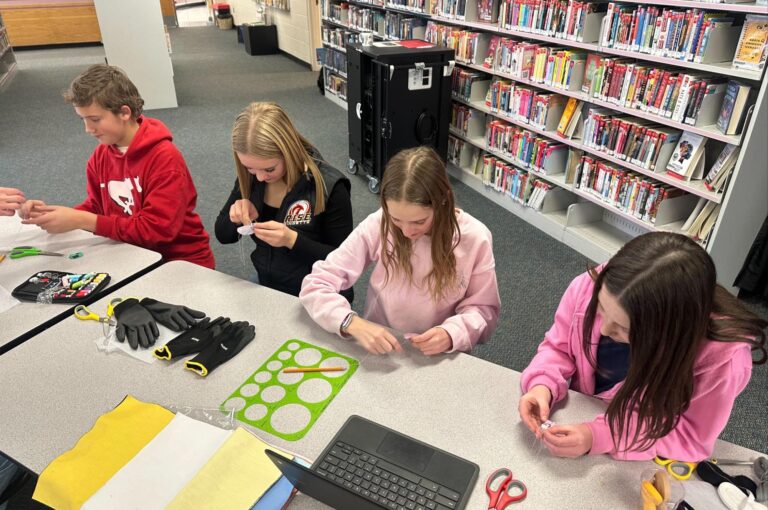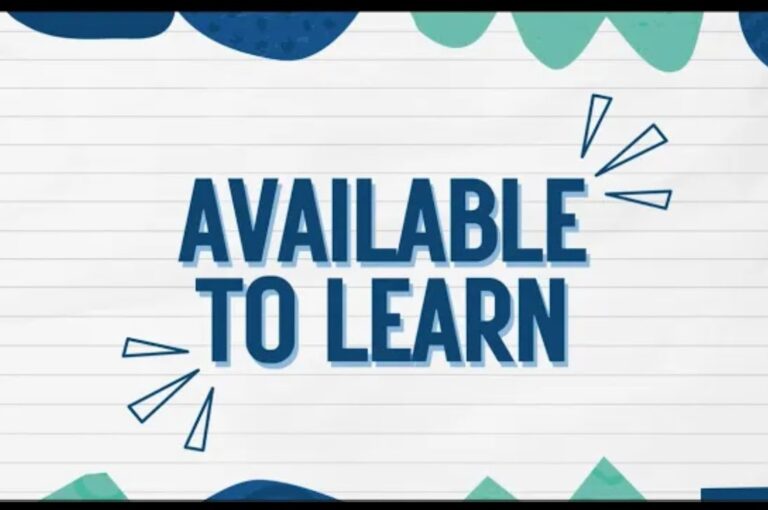As teachers, we have all witnessed students who sit idle in class, refuse to work, or do not complete assignments. Time and time again we have heard, “I know what I want to say, I just can’t get my message down on the paper.” or “I know the answer, but I didn’t have enough time to finish.” For children with learning challenges, staying organized, completing tasks, reading and writing can be barriers when students are trying to demonstrate their understanding.
Assistive technology (AT) can be excellent support for students with a learning disability. Research has shown that Assistive Technology can impact the success of students throughout their K-12 education, post-secondary studies, and as they move into employment as adults. (Hasselbring & Bausch, 2005). The collaboration between students, parents, and teachers is a key component to the success of these tools. Assistive technology is effective if students feel comfortable using it consistently. Developing a classroom culture where students all use AT to improve learning is necessary for its success.
Role of the Teacher
Teachers have a key role in developing a successful, integrated assistive technology program. Students are less likely to use technology if they sense that their teacher has a negative attitude towards its use. (Levin & Wadmany, 2008). By developing their own capabilities using these assistive technologies, teachers will be better equipped to support students and give them the necessary review and encouragement to use the technology successfully. For many students with learning disabilities, review and reteaching of these tools will be required. Identifying a teacher or staff member to become a “lead teacher”, may be helpful in order to provide ongoing training for other staff members. As teachers become more comfortable using these technologies themselves, they will be better able to support students if and when it is necessary. Using these technologies in a low-risk setting on daily reading and writing assignments, and finding suitable locations will allow students to practice their skills and ensure that they feel comfortable using the tools when it comes to exams and summative assessments.
Establish Routines and Classroom Culture
Marlene McIntosh (2010) states, for students with LD”s to use assistive technology on a daily basis, they must see the value in the tool or application. Normalizing assistive technology is an important step to successful implementation. One way to do this is to give all students in the classroom the opportunity to use the technology. Providing locations within the classroom, or in a quiet setting outside of the classroom for students to access AT, will ensure that students are able to use the technology with success. Establishing a routine for how and when to use the technology will allow for seamless integration into the classroom. Other ways to establish routines include practice using the technology in a low stake setting on daily activities that are not graded, teaching AT to all the students and discussing how these tools help everyone in their everyday life, establishing predetermined locations that students can go to in order to use their AT, if the classroom environment is too loud, and providing hardware such as computers, headphones, and microphones for students to use. Building a classroom culture of acceptance is another key factor in the success of AT. Providing opportunities for students to work collaboratively with AT and other students, helps to bridge the gap for students with a learning disability. Everyone in the class becomes an expert at using AT when it is helpful and appropriate.

Levin, T., & Wadmany, R. (2008, May). Teachers’ views on factors affecting effective integration of information technology in the classroom: Developmental scenery. Journal of Technology & Teacher Education, 16(2), 233-263.
McIntosh, M. (2010 April/May). Resistance is Futile: Assistive Technology and Students with Learning Disabilities. www.closingthegap.com
Hasselbring, T., & Bausch, M. (2005) Assistive technologies for reading. Educational Leadership, 63(4), 72-75.







